[Abstract] It is increasingly difficult to find mineral deposits on land. Canadian companies are preparing to send robots to the sea to dig ore, and then use pipelines to ship.
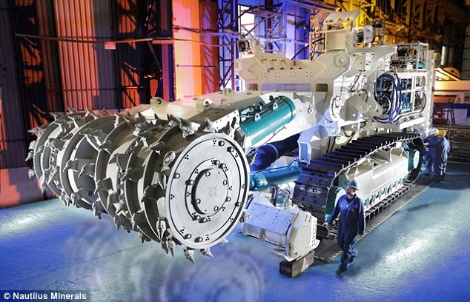
Tencent Digital (return) In order to find mineral deposits, many companies have set their sights on the moon. An Australian company believes that there are treasured resources that can be transported back to Earth.
In 2019, some companies plan to send robots into the deep sea to find seabed deposits.
Land and mineral resources are becoming less and less, and the seabed resources are becoming increasingly attractive. There are gold, copper, and other valuable deposit metals. If they can be dug up, they can make electronic equipment and even manufacture medical imaging equipment.
However, mining in the deep sea may destroy marine life. After all, mining will use robots, destroying biological homes and destroying highly sensitive species.
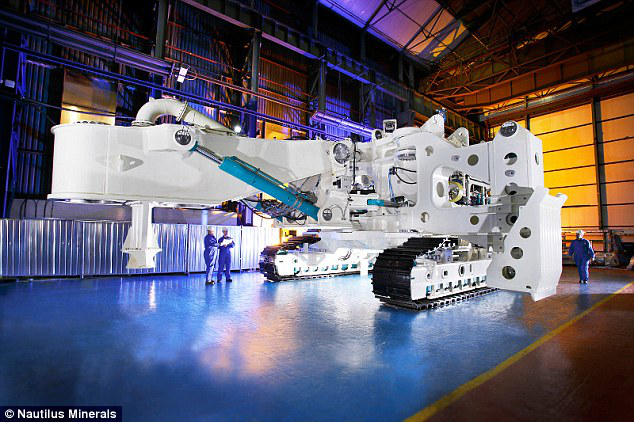
Canada’s Nautilus Minerals is preparing to send robots to areas rich in seafloor minerals, such as the seabed near Papua New Guinea, where the seawater is rich in copper and gold.
Other countries are not far behind. The International Seabed Authority has supervised the world's deep-sea deposits. It has approved 25 countries to seek minerals.
Mark Hannington, a geographer and professor at the GEOMAR-Helmholtz Centre for Marine Studies in Germany, said: “There have been recent gold rushes.â€
So far no one has dug into the deep sea, wondering what kind of impact it will have, and whether it will destroy deep-sea species.
Although humans did not dig deep-sea deposits, they began long before they sought diamonds in shallow waters.
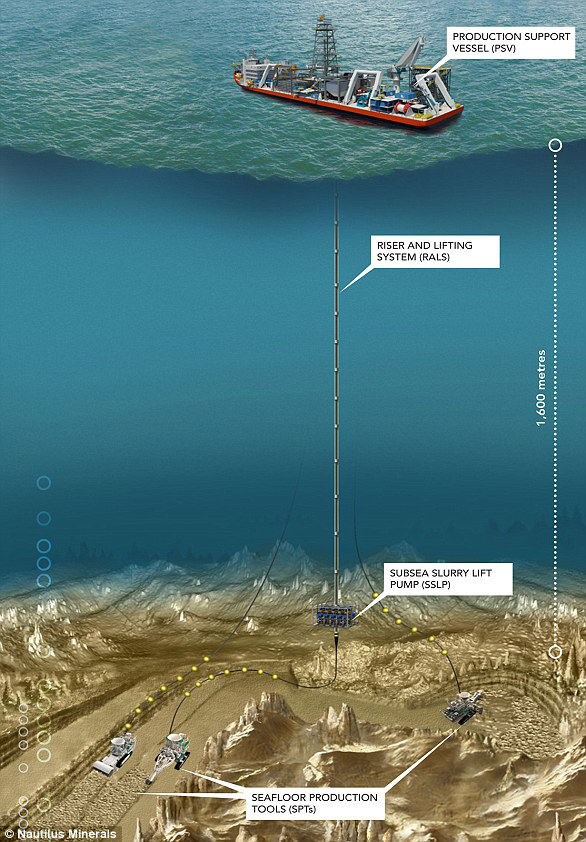
De Beers is the world’s largest and oldest diamond mining company, and many of its diamonds come from the South African continental shelf.
If it is impossible to dig rare resources from the sea floor, it is impossible to meet human needs.
Hannington said: "The demand for metals is increasing, and the cost of acquiring metals on land is rising."
James Hein, a geophysicist at the US Geological Survey, once stated in the report that to dig mineral deposits on land, the deeper and deeper the mine, in fact, the mineral deposits rich in quality on the land have long since It was mined.
Hein believes that deep-sea deposits are unlikely to replace land deposits, but the seabed does have a lot of resources.
Now the question is: How can we mine? How to make mining more economical?
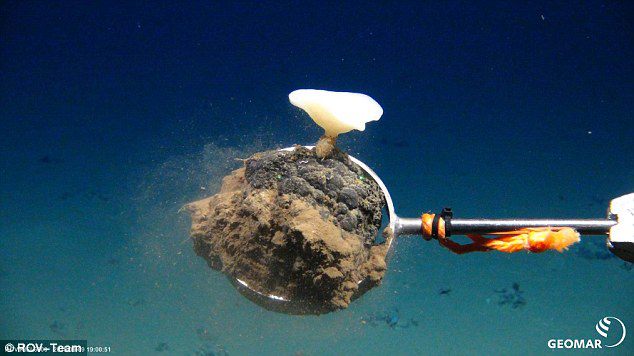
The seabed is filled with rocks and sediments that have accumulated for millions of years. Three things in the deep-sea deposits have attracted human attention.
The first type is Polymetallic Nodule, which is hidden on the seabed more than 6,000 meters deep. Seabed sediments, such as fossils, shark teeth, metal and debris combined to form metal nodules.
The size of metal nodules is similar to that of golf balls and footballs. There are various metals such as nickel, cobalt, copper and lithium. We all know that lithium can be used to produce batteries.

It is still relatively easy for robots to collect metal structures, but it is more troublesome to transport them to the sea. How to do? Use long pipelines to transport the minerals to the ship.
The second mineral deposit is a ferromanganese crust, and we can find it on the seabed 400-5000 meters deep. There are cobalt and rare elements (such as helium). These elements are needed to make solar cells.
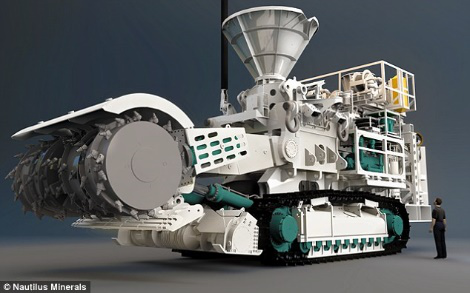
Another mineral deposit is seafloor sulphide.
The Nautilus robot moves on the bottom of the sea, selecting sediments and transporting them to the surface.
It's easy to say, it's hard to do, deep sea water pressure is high, and the temperature is very cold.
The whole process is about this:
Robots collect mineral deposits on the seabed.

Minerals are shipped to the ship using the "Rise and Lift System". The system includes a pump that can pump sediment to the surface of the ocean.
The company separates the minerals from the seawater, and the filtered seawater is sent back to the deep sea.
Minerals are sent to barges and transported to countries such as China and eventually used to make goods.
Source: dailymail
Wonderful video recommendations
Crystal Clear Back Sticker,Phone Sticker,Mobile Phone Back Skin,Crystal Clear Phone Skin
Shenzhen Jianjiantong Technology Co., Ltd. , https://www.jjtscreenprotector.com